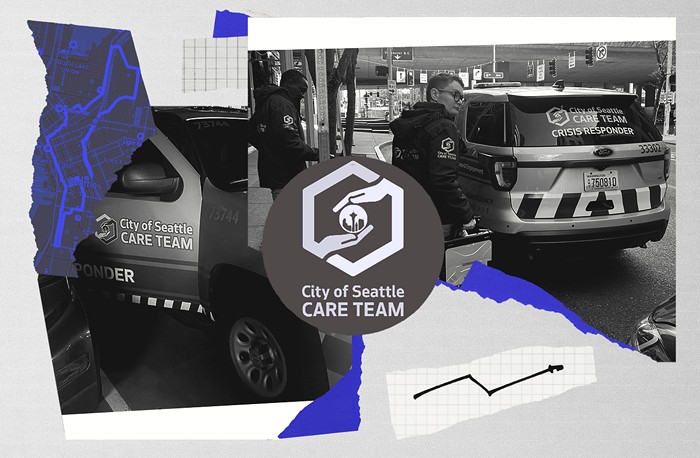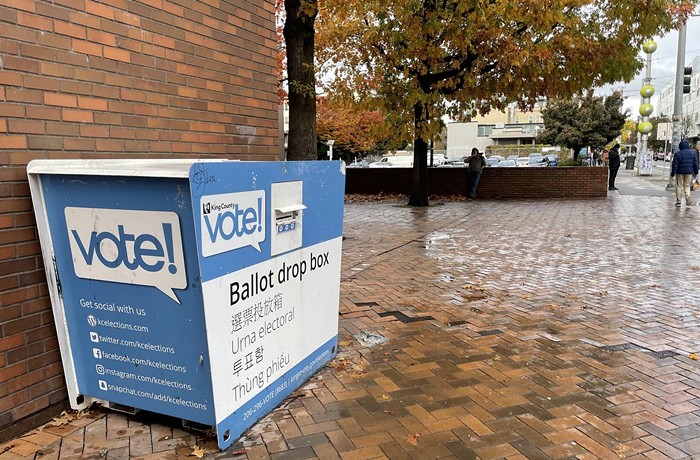At first glance, it was your run-of-the- mill political protest. Several hundred demonstrators rallied outside the annual Amazon shareholder meeting at the Seattle Art Museum on the morning of May 24. Signs waved, banners flew, bullhorns blared. An enterprising contingent from the grassroots group The Other 98% cleverly used balloons to float an "I wish Amazon paid its fair share" thought bubble above the head of Hammering Man. It was a made-for-TV-news moment—like so many other political protests before it.
And then something weird happened: It worked.
Even as speakers stood outside the museum passionately demanding that Amazon withdraw from ALEC, the ultraconservative Koch-funded American Legislative Exchange Council (responsible for crafting and pushing legislation ranging from Wisconsin's attack on the rights of workers to Florida's "stand your ground" law), text messages started trickling out from protesters inside the meeting revealing that CEO Jeff Bezos would do exactly that.
"Just announced. They are not renewing membership in ALEC," one insider texted me. That's a big victory for progressives, and a big blow to ALEC, which corporations have been abandoning in droves under pressure from protests like this.
Also the focus of this and previous protests (organized by Working Washington, FUSE, Washington CAN, and the usual coterie of labor unions) has been the allegedly abhorrent working conditions at Amazon's fulfillment centers. At one Allentown, Pennsylvania, facility where summertime temperatures reportedly soared above 100 degrees Fahrenheit, the symptoms of heat exhaustion were allegedly so common that managers were said to have kept paramedics on-site.
Apparently, no more. Attendees (about one-third of the shareholders present were protesters who had bought stock specifically to gain entrance to the meeting) told me that the only bit of video Bezos showed was that of a helicopter delivering an air-conditioning unit to the roof of a warehouse. Bezos announced that Amazon would spend $56 million this year retrofitting warehouses.
Would they have spent this money without the public pressure? Well, they hadn't.
I've covered a helluva lot of protests over the years, and there's certainly the temptation to wonder, "What's the point?" A lot of the same faces from a lot of the same advocacy groups show up to demonstrate for or against a lot of the same issues. Yet nothing ever seems to change. But the protest at last week's Amazon shareholder meeting (which was really the culmination of months of national and local protests and media outreach) was an unqualified success, both in terms of the amount of media that showed up outside to cover it and in terms of the concessions that were made on the inside. ![]()



















